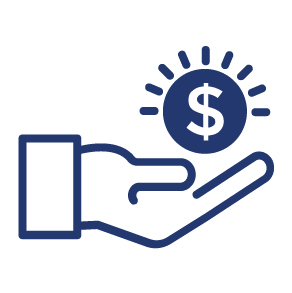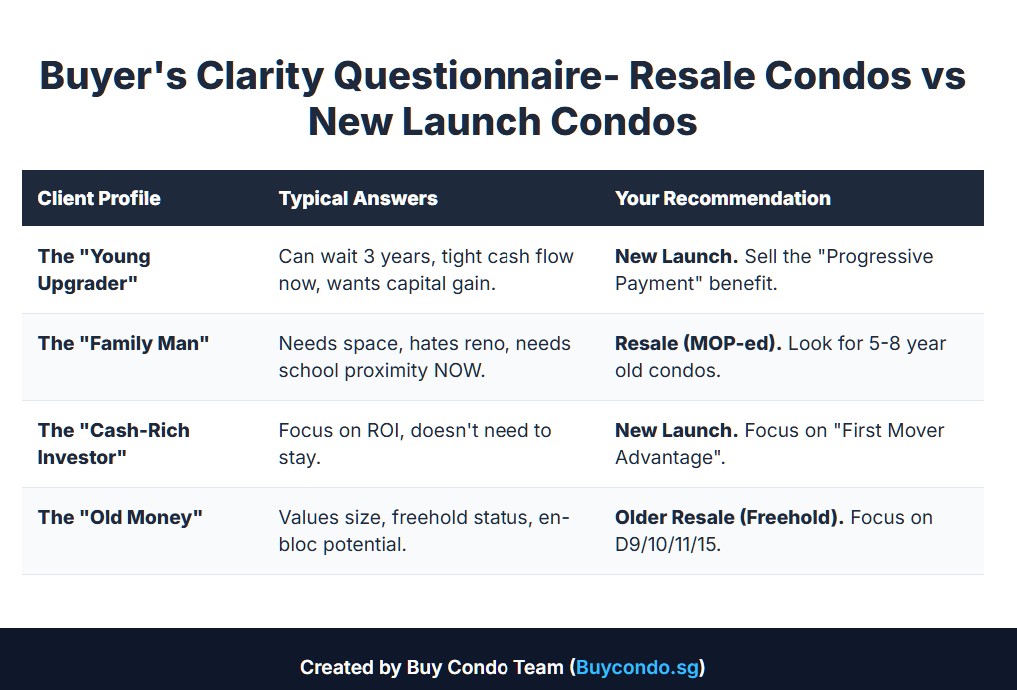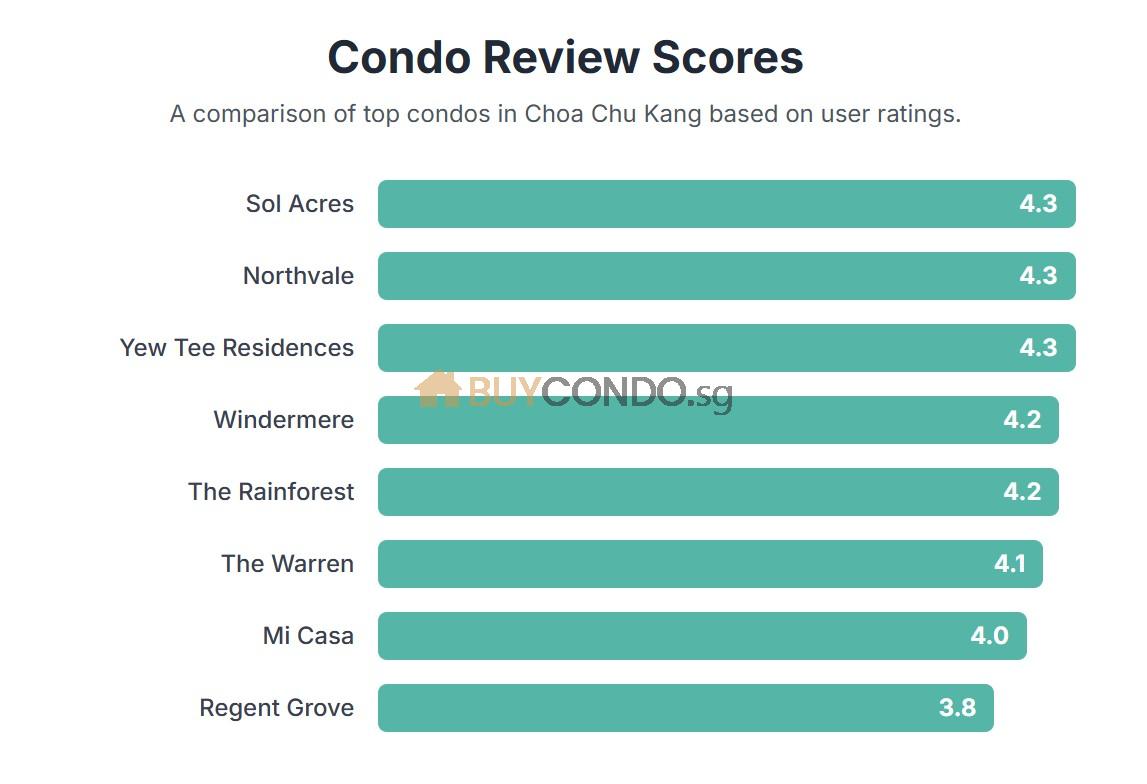Tenancy Agreement vs Letter of Intent

Introduction: Understanding the Differences: Tenancy Agreement vs Letter of Intent
Leasing a property involves several legal documents, all of which play a crucial role in establishing a clear and fair agreement between the landlord and the tenant. Among these documents, the “tenancy agreement” and the “letter of intent” are arguably the most important and often misunderstood. This article aims to illuminate the differences between these two documents, exploring their respective purposes, features, and the times when each one is used. For trustworthy and comprehensive legal information related to housing and tenancy disputes, one can turn to Singapore Legal Advice.
The tenancy agreement and the letter of intent serve as two distinct stages in the leasing process, each with its own role and implications. The tenancy agreement is a legally binding contract that defines the conditions of the lease, while the letter of intent is a precursor to the agreement, outlining the tenant’s initial intentions and proposed terms. Understanding the differences between these two documents is crucial for both landlords and tenants. It equips them with the knowledge to navigate the leasing process effectively and ensures that their rights and interests are protected.
For instance, imagine a prospective tenant who is unfamiliar with the leasing process. They might mistakenly believe that the letter of intent is as legally binding as the tenancy agreement, causing them to commit prematurely to terms that may not be in their best interest. By understanding the differences between these documents, such misunderstandings can be avoided.
Definition and Purpose of a Tenancy Agreement
A tenancy agreement is a legally binding contract between a landlord and a tenant. This document outlines the rights and responsibilities of both parties during the tenancy period. It is a comprehensive document that covers critical aspects such as the rent payment terms, duration of the lease, maintenance responsibilities, and any other specific clauses that govern the landlord-tenant relationship.For instance, the tenancy agreement may specify that pets are not allowed in the property, or it may clarify who is responsible for minor repairs.
The tenancy agreement serves multiple purposes. Firstly, it establishes a clear understanding between the landlord and tenant regarding their obligations and rights. This clarity helps prevent misunderstandings and disputes that may arise during the tenancy. Secondly, it provides a legal framework for the tenancy, ensuring that both parties are protected by law. Lastly, it offers a reference point for resolving any issues or disagreements that may occur during the tenancy.
Take, for instance, a situation where a landlord and tenant disagree on who should cover the cost of a broken appliance. If the tenancy agreement includes a clause stating that the landlord is responsible for appliance repairs, the tenant can refer to this clause to resolve the dispute.
Definition and Purpose of a Letter of Intent
A letter of intent (LOI), on the other hand, is a preliminary agreement that precedes the tenancy agreement. It is used to demonstrate the tenant’s seriousness about renting the property and to communicate their proposed terms for the lease. Although it isn’t legally binding like a tenancy agreement, the LOI is a critical step in the leasing process. It serves as a blueprint for the final lease agreement, outlining key elements such as the details of both parties, rental property address, monthly rental, and lease duration.
The letter of intent’s primary purpose is to initiate the leasing process by expressing the tenant’s intention to rent the property. It allows the landlord to gauge the tenant’s interest and commitment before proceeding with the preparation of the tenancy agreement. Moreover, the LOI facilitates negotiations and discussions regarding specific terms and conditions. This initial agreement serves as a starting point for the finalization of the lease agreement, paving the way for a smooth and successful leasing process.
The primary role of an LOI is to communicate the tenant’s serious intention to rent a property and to secure the property from being leased to other potential tenants during the negotiation period. In essence, it acts as a ‘reservation’ for the property. For example, a tenant planning to rent a shop space in Bugis might submit an LOI to prevent the landlord from leasing the space to another business during the negotiation stage.
For example, a prospective tenant might want the landlord to provide certain appliances or furniture as part of the lease. By including these requests in the LOI, the tenant can initiate negotiations with the landlord about these terms, which can then be formalized in the tenancy agreement.
Key Differences Between Tenancy Agreement and Letter of Intent
While both Tenancy Agreements and Letters of Intent are fundamental to the rental process, they serve distinct roles and hold different legal implications. A tenancy agreement is a legally binding contract that holds both parties accountable to the terms outlined in the document, while a letter of intent is not legally enforceable. Another key difference is the level of detail each document contains. A tenancy agreement is a comprehensive contract that includes all the terms and conditions of the lease. In contrast, an LOI serves as a preliminary document that outlines the initial negotiations and intentions of the tenant and landlord.
Essentially, a tenancy agreement can be enforced by law, and any breach of its terms can result in legal consequences.Conversely, an LOI serves as a blueprint for the final lease agreement, providing a general understanding of the tenant’s commitment and the key elements of the lease agreement.
To illustrate, consider a tenant interested in leasing a flat in Clementi. The tenant would first issue an LOI, demonstrating their serious intention to rent. This would then be followed by a Tenancy Agreement that formalises the rental terms once both parties have agreed to them. The Tenancy Agreement is legally binding and enforceable by law, while the LOI serves as a show of good faith and commitment but does not legally obligate the tenant to proceed with the rental.
Consider a situation where a tenant signs an LOI, but later decides to back out before signing the tenancy agreement. Since the LOI is not legally binding, the tenant may not face any severe legal repercussions. However, they may lose their good faith deposit, depending on the terms outlined in the LOI. T
When to Use a Tenancy Agreement and When to Use a Letter of Intent
The timing of when to use a tenancy agreement versus a letter of intent is critical in the leasing process. A tenancy agreement should be used when both parties have agreed to the terms and are ready to enter into a legally binding contract. It is appropriate when all negotiations have been finalized, and both the tenant and landlord are prepared to commit to the terms and conditions.
On the other hand, a letter of intent is used when the tenant wants to demonstrate commitment and negotiate terms before signing a tenancy agreement. It is often used in situations where further discussion and negotiation between the tenant and landlord are needed. The LOI sets the stage for finalizing the lease agreement, allowing both parties to clarify their expectations and agree on the terms of the lease.
For instance, a tenant may submit an LOI when they find a property they like but want to negotiate the rent or lease duration. The LOI allows them to express their interest in the property and propose their desired terms. Once both parties agree on the terms, they can proceed to formalize the agreement by drafting and signing the tenancy agreement.
Important Clauses and Terms in a Tenancy Agreement
A tenancy agreement should include several important clauses and terms to ensure that both the landlord and tenant are aware of their rights and responsibilities. These clauses should cover rent payment details, such as the amount, frequency, and due date, the conditions for refund or forfeiture of the security deposit, and the responsibilities for the minor repair clauses of the property.
Including these clauses in the tenancy agreement helps establish clear expectations and prevent potential disputes between the landlord and tenant. For example, a clause detailing the process for handling repairs could specify that the tenant is responsible for minor repairs ($150-$250), while the landlord is responsible for major repairs. This would help prevent disputes over who should pay for a specific repair.
In addition to these standard terms, a tenancy agreement may also include specific clauses tailored to the unique circumstances of the lease.
The Role of a Good Faith Deposit in a Letter of Intent
The good faith deposit is a critical element of the letter of intent. It is often required to show the tenant’s seriousness about renting the property. Typically equivalent to one month’s rent, this deposit is paid upon signing the LOI. When the tenancy agreement is signed, the good faith deposit can later be used as part of the security deposit or rental advance.
The good faith deposit serves two main purposes. Firstly, it provides reassurance to the landlord that the tenant is serious about renting the property. Secondly, it acts as a form of security for the landlord in case the tenant decides not to proceed with the rental after signing the LOI. The landlord can then keep the deposit as compensation for the time and potential opportunities lost.
For instance, if a tenant signs an LOI for a property and then decides to rent a different property instead, the landlord can keep the good faith deposit as compensation. This helps cover any losses the landlord may have incurred, such as missed opportunities to rent the property to other interested tenants.
Verifying the Property Legal Ownership

Before signing a letter of intent or tenancy agreement, it is of utmost importance to verify the identity of the landlord (Ownership’s Proof). This is a crucial step in preventing potential fraud and ensuring that the person you are dealing with is the rightful owner of the property.
In the digital age, it’s easier than ever for scammers to impersonate landlords and deceive unsuspecting tenants. By taking the time to verify the landlord’s identity, tenants can protect themselves from falling victim to rental scams. For instance, tenants might ask to see the landlord’s identification and compare it with the name on the property records. Additionally, they might request to meet the landlord in person at the rental property.
The Letter of Intent as a Blueprint for the Final Lease Agreement
The letter of intent serves as a preliminary agreement, establishing basic terms and conditions before the final lease agreement is drafted. It helps avoid confusion and saves time by addressing major terms upfront. The final lease agreement is then based on the terms outlined in the LOI, ensuring consistency and clarity in the contractual arrangement.
For example, a tenant might include in the LOI their requirement for the property to be furnished. The landlord can then prepare the property accordingly, and this requirement would then be included in the final lease agreement. This ensures that both parties are clear about the terms from the start and prevents misunderstandings later.
Moreover, the LOI also serves as a form of protection for the tenant. It provides a written record of the terms agreed upon during the negotiations, which can be referred to if there are any discrepancies or disputes when drafting the final lease agreement.
The Process of Submitting the Letter of Intent
The process of submitting the letter of intent involves a few key steps. Firstly, the tenant should prepare the LOI, outlining their proposed terms for the lease. This should include details such as the proposed rent, lease duration, and any specific conditions or requests. Once the LOI is prepared, the tenant should submit it to the landlord along with the good faith deposit.
After receiving the LOI, the landlord will review the proposed terms. If they agree with the terms, they will begin preparing the tenancy agreement. The landlord will then provide a draft of the tenancy agreement for the tenant to review. The tenant should carefully review the terms and conditions outlined in the tenancy agreement and sign it within the specified timeframe. Upon signing, the good faith deposit may become the security deposit or rental advance, as agreed upon by both parties.
Additional Clauses in Tenancy Agreements and Letters of Intent
Both Tenancy Agreements and Letters of Intent can include additional clauses to provide further protection for tenants. In Tenancy Agreements, tenants should pay special attention to clauses regarding early termination, repair costs, the option to renew the lease, and rent payments. These clauses can help protect the tenant’s rights and clarify their obligations. For instance, an early termination clause might specify the conditions under which the tenant can terminate the lease before the end of the agreed period.
Conclusion: Exploring Tenancy Agreements and Letters of Intent in Singapore
Understanding the intricacies of Tenancy Agreements and Letters of Intent is crucial for anyone venturing into the property rental market. These documents form the foundation of the rental relationship, providing clarity on the terms of the rental and offering protection for both landlords and tenants.
Whether you’re a tenant planning to rent a studio apartment in Clarke Quay or a landlord leasing out a commercial space in Raffles Place, understanding the purpose, structure, and differences between these two documents is key to a smooth and secure rental experience. By being informed and prepared, you can navigate the rental process with greater confidence and peace of mind.













